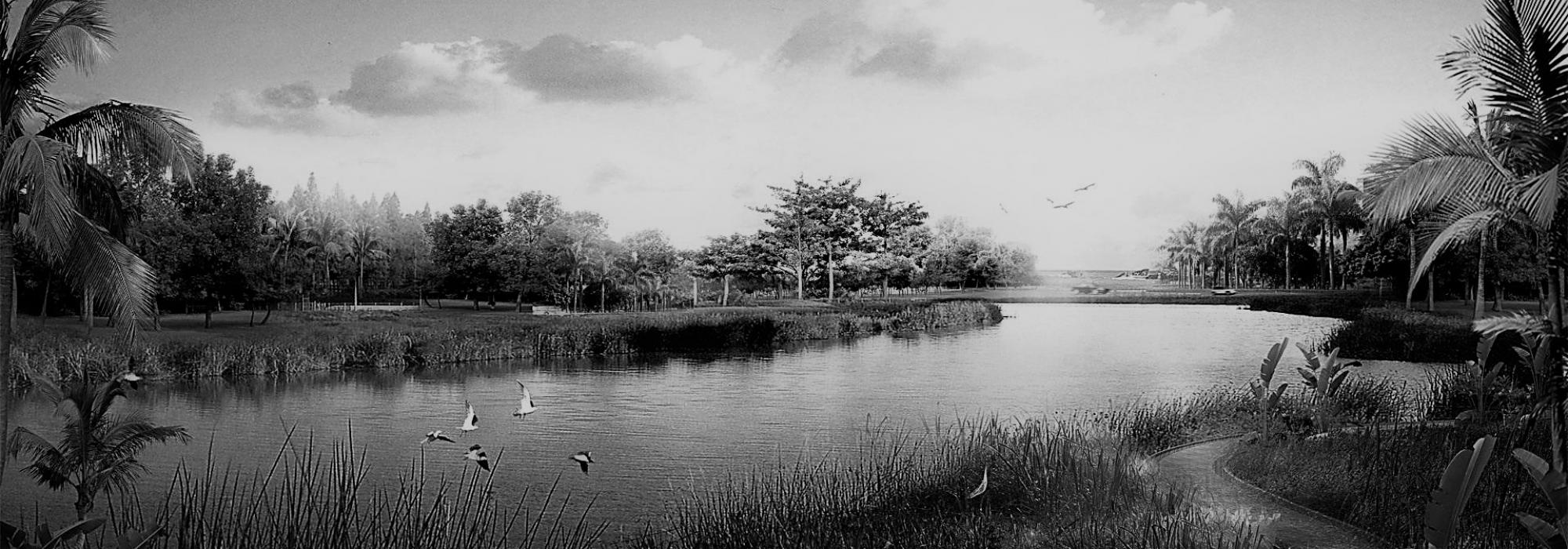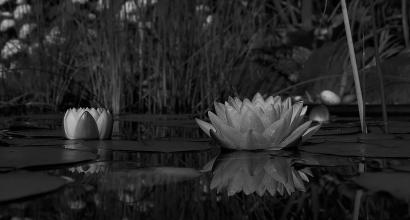Subbanna the Musician
Shri. Subbanna was the music teacher in the girls’ school. During those days, teachers were familiar with a bit of poetry. They were trained enough to at least recognise some of the features/attributes of poetry. When his prowess and enthusiasm was at its peak (1887 C.E.), the golden jubilee of the coronation of Queen Victoria was being celebrated. Probably during that or sometime later, to suit the situation, he composed the following song. He used to teach this for many more years to come.
ಕ್ವೀನ್ ವಿಕ್ಟೋರಿಯಾ
ಎಂಪ್ರೆಸ್ ಆಫ್ ಇಂಡಿಯಾ
ನೀ ಹ್ಯಾಪಿಯಾಗಿ ನಮ್ಮನ್ನಾಳು
ಒನ್ ಮಿಲಿಯನ್ ಯಿಯರ್ ‖
ಸುಗುಣಶಾಲಿನೀ—ಸುಜನಪಾಲಿನೀ
ಕಡಲ ರಾಣಿ—ಹಡಗ ದೋಣಿ
ರೂಲ್ ಬ್ರಿಟ್ಯಾನಿಯಾ ‖
Queen Victoria
Empress of India
You rule us happily
One million year[1]
Endowed with virtues—Guardian of virtuous people
Queen of the oceans—sail of the ships[2]
Rule Britannia
Please note that the letter ‘r’ in the word ‘year’ in the fourth line is silent so that it rhymes with ‘India’. These bilingual poems were wonders of that era. Nācana Somanātha from the ancient times has declared with pride that he is an octolingual poet.
Doesn’t the song mentioned above contain English words? In English, accent being a pronunciation constraint which governs how the words are recited/uttered and thus setting those words to our rāgas would be inappropriate—such thought never occurred to Subbanna. He made us learn this song by rote in the Noṭ style of Śankarābharaṇa-rāga. We sang multiple times; our teachers’ joy would multiply likewise! Two laḍḍus were given to people who sang and others were given only one.
Subbanna had composed many such lyrical poems. In one of those he had combined Kannada-Telugu, Śiva-Viṣṇu, Speech and Substance/Meaning.
ಪೂಲ ಚೆಂಡ್ಲಾಡಿರಿ—ಕೈಲಾಸವಾಸುಲು ।
ಪುಷ್ಪ ಚೆಂಡಾಡಿದರ್—ವೈಕುಂಠವಾಸಿಗಳ್ ‖
ನಿನ್ನನು ನಂಬಿದೆ ಸನ್ನುತಾಂಗ ।
ಎನ್ನನು ಕಾಯೊ ಪಾಂಡುರಂಗ ‖
ಬಾರೊ ಬಾರೊ ಶ್ರೀಹರಿ ।
ಭಾರವಿಳಿಸೊ ನರಹರಿ ‖
ಸಗ್ಗರಿಗರಿ ರಿಗರಿಸಾ ।
ನೀಸರೀಸ ಸಾನಿಧಸ್ಸ ‖ 1 ‖
ಪರಬ್ರಹ್ಮರೂಪಿಣಂ ।
ಬಾಲಚಂದ್ರಭೂಷಣಂ ‖
ಪಶುಪತೀ ವಂದನಂ ।
ಪಾರ್ವತೀ ವಲ್ಲಭಂ ‖
ಸಗ್ಗರಿಗರಿ ರಿಗರಿಸಾ ।
ನೀಸರೀಸ ಸಾನಿಧಸ್ಸ ‖ 2 ‖
With flower-balls they played the dwellers of Kailāsa
With flower-balls they played the dwellers of Vaikuṇṭha
My faith is in you, O well-praised one.
Save me from crisis, O Pāṇḍu-raṅga
Come come, O Śrī-hari
Unburden me, O Narahari
Sag-ga-ri-ga-ri ri-ga-ri-sā
Nī-sa-rī-sa sā-ni-dhas-sa
O the form of Para-brahma
O the crescent-moon adorned
Salutations to you, O Paśupati
O, the beloved of Pārvatī
Sag-ga-ri-ga-ri ri-ga-ri-sā
Nī-sa-rī-sa sā-ni-dhas-sa
Not only the school-going girls, but others too would sing this with panache. The mothers and grandmothers of these girls would listen to it wonderstruck. People who were well-versed in music would just smile silently. That was due to etiquette.
Shaikh Dawood Saheb
He was older than me by five-six years. He was my father’s favourite student. More than that he was Chandrashekhara Shastry’s (the headmaster) favourite student. He had completed L.S (Lower Secondary exam) in Kannada, Telugu and Urdu. During those days, it was the equivalent of D.Litt. or Maha-mahopādhyāya in our place. He also had secured a first class in all those three exams which was a rarity. Not only that, he had also gained the respect of both the Hindu and Muslim communities.
In the kingdom of Mysore, the idea of upliftment of the Harijans (Dalits) and the idea of bringing literacy and education to the citizens was already in vogue, even decades before M.K.Gandhi and Gokhale. During the tenure of Sir. Sheshadri Iyer (1897-98 C.E.), the officials had decided that two schools—a night school and a school for Dalits—should be established and had asked Chandrashekhara Shastry to select two people who were qualified to become teachers. Shastry suggested the name of a person named Rangacharya for the night school and Shaikh Dawood Saheb for the school for Dalits. That was sanctioned and Dawood Saheb had earned good reputation as a teacher.
In the present context—one afternoon, sometime before 3 pm, I’d been to school. In the headmaster’s room, in a corner, Shaikh Dawood Saheb was seated, and he was writing something. As soon as he noticed me, he said, “Oh you have arrived! I’d been waiting for you. Read this.”, so saying, he gave me the sheet of paper. The content was as follows:
ಟನ್-ಟನ್-ಟನ್-ಟನ್-ಟ-ರ-ರ-ರ-ರಾ
ಸಂತೋಷ ಮೊಂದೇ ಲಂಡನ್ ಬುರಾ
Ṭan-ṭan-ṭan-ṭan-ṭa-ra-ra-ra-rā
Attained happiness, the London city.
I couldn’t understand. “what is this?”, I asked. He explained it thus:
“Muharram is fast approaching—Shouldn’t the people of our community participate in Girole? So, they have asked me to compose some poem. Read and let me know how it is.”
‘Girole’ or ‘Girao’ is ‘Gherao’ in present political terms. This procession comprises of nine to ten people. All in uniform. White pyjamas, White banians almost reaching their knees. A Turkey Namaz cap. Among them, one would tie a Maddaḻe[3] around his waist, facing upwards. Using both hands, he would proceed to beat it rhythmically. Others would go around him dancing in circles. In their right hand everyone holds a Gilike[4], fashioned using a tin container filled with pebbles, resulting in sound when shaken. In the left hand they have a bamboo stick. It is decorated with colourful papers. When they dance around in circles, they should sing according to their movement and rhythm. This is the poetic prowess of Shaikh Dawood Saheb.
I asked him what the meaning of his composition was.
“For the first half, the words themselves are the meanings. Recite it fast and you would understand the significance of it yourself. Now the second half. In that, ‘ಸಂತೋಷ ಮೊಂದೇ’ is Telugu: It attained happiness is the meaning. Now, what or who attained it? ‘ಲಂಡನ್ (London) ಪುರ (town/city)’. Now ಪುರ/Pura becomes ಬುರ/Bura due to the rules of the Kannada ಸಂಧಿ (Union/ Euphonic junction as per Grammar). Isn’t it well known that ‘ka/ಕ’, ‘ta/ತ’, ‘pa/ಪ’ becomes ‘ga/ಗ’, ’da/ದ’, ’ba/ಬ’? kai + koṇḍu = kaigoṇḍu[5]. hiṃ + tege = hindege[6]. sukhaṃ + paṭṭanu = sukhaṃbaṭṭanu[7].”—he described.
Thus, Dawood Saheb giving due credit to the grammar rules, explained, “The world-famous city, London itself was so happy due to our Gherao is the intended import.”—he said, “Sing once again with panache”
ಟನ್-ಟನ್-ಟನ್-ಟನ್-ಟ-ರ-ರ-ರ-ರಾ
ಸಂತೋಷ ಮೊಂದೇ ಲಂಡನ್ ಬುರಾ
ಆ ಲಂಡನ್ ಬಡಾ—ಹೋ ಲಂಡನ್ ಬಡಾ
Ṭan-ṭan-ṭan-ṭan-ṭa-ra-ra-ra-rā
Attained happiness, the London city.
Oh, that big London city! Oh, that big London city!
Wah! What heat! What a style! What a flight/run! Without these how would it even be poetry!?—there are people who subscribe to such notions. Such people would definitely enjoy Sheikh Dawood saheb’s poetry.
This is the Second part of the English translation of the Eighteenth essay (Aprasiddha Kavitva 1) in D V Gundappa’s magnum-opus Jnapakachitrashaale (Volume 7) – Hrudayasampannaru, translated by Raghavendra G S. The translator likes to acknowledge the timely help of Shatavadhani Dr. R. Ganesh in translating the verses in this article.
Footnotes
[1] Grammatically it should be ‘years’ but for it to rhyme with ‘India’, the original ‘year’ has been retained.
[2] ಹಡಗ ದೋಣಿ lit. ship’s boat or ship’s ship or some variation. To make it slightly more meaningful, undue liberty has been taken.
[3] A type of Drum, percussion instrument.
[4] A rattle toy.
[5] ಕೈ + ಕೊಂಡು = ಕೈಗೊಂಡು
[6] ಹಿಂ + ತೆಗೆ = ಹಿಂದೆಗೆ
[7] ಸುಖಂ + ಪಟ್ಟನು = ಸುಖಂಬಟ್ಟನು











































